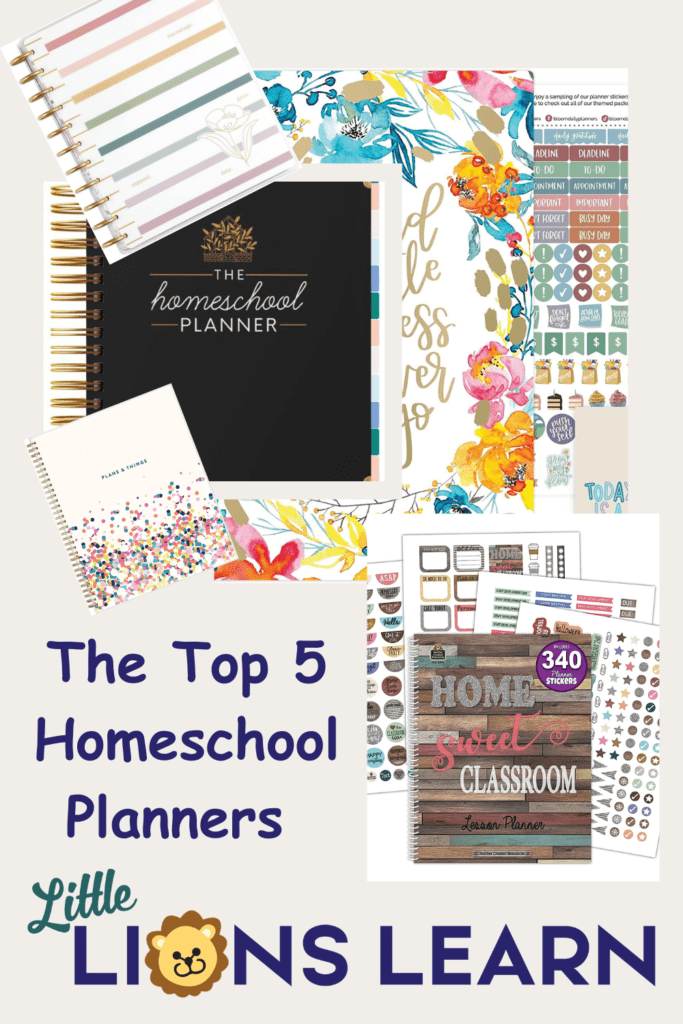How to Balance Multiple Grade Levels: Homeschooling Success
Balancing multiple grade levels while homeschooling can be a challenge, but homeschooling is such a rewarding experience providing flexibility and individualized education for children. When you have many children in different grade levels, it can present unique challenges. Juggling multiple curricula, schedules, and teaching approaches can be overwhelming. But fear not! With careful planning, effective organization, and creative strategies, homeschooling multiple grade levels can be a fulfilling and successful endeavor for both you and your children. Here are a few ideas we have to help you in your journey.
Set clear goals and expectations
Begin by establishing clear goals and expectations for each child based on their grade level and abilities. Assess their strengths, weaknesses, and individual learning styles. This will help you tailor your teaching approach and select appropriate resources and materials.
Create a flexible schedule
Design a flexible daily or weekly schedule that accommodates each child’s needs. Allocate specific time slots for individual and group instruction, independent study, and recreational activities. Incorporate breaks to recharge and transition between subjects. A visual schedule or homeschool planner can be a helpful tool for keeping everyone on track.
Capitalize on shared learning
Find opportunities to combine subjects or activities that can be taught together across grade levels. For instance, history or science topics can be explored through engaging discussions, experiments, or projects suitable for different age groups. This fosters collaboration and creates a sense of camaraderie among siblings. Visit Free Homeschool Science for many science resources.
Utilize multi-level curriculum and resources
Investigate multi-level curriculum options that cover multiple grade levels simultaneously. These resources often integrate subjects like language arts, math, and social studies, reducing the need for individual lesson planning. Online platforms, educational software, and digital resources also provide interactive learning experiences tailored to different grade levels. Some examples can include:
- Khan Academy can be used for math, social studies, and many others.
- Readworks.org is great for reading.
Independent work and self-paced learning
Encourage independent work and self-paced learning whenever possible. Assign age-appropriate tasks that children can complete on their own, such as reading assignments, writing exercises, or online lessons. This allows you to focus on individual instruction and support for each child. I typically give my kids a checklist for their independent work which allows me time to work with everyone independently.
Individualized instruction
Allocate dedicated one-on-one time for each child to address their specific learning needs. During these sessions, offer personalized instruction, answer questions, clarify concepts, and provide feedback. This ensures that each child receives the attention required to excel academically.

Cooperative learning
Promote cooperative learning among your children. Older siblings can assist younger ones with assignments, fostering a sense of responsibility and reinforcing their own understanding of the subject matter. This not only reduces your workload but also encourages sibling bonding and mutual support.
Leverage technology and online resources
Take advantage of educational websites, online tutorials, and virtual classes that cater to various grade levels. Virtual field trips, learn-a-language educational videos, and interactive learning games can supplement your curriculum and make learning more engaging for all your children.
Seek external support
Don’t hesitate to seek external support when needed. Join homeschooling co-ops, online communities, or local support groups where you can connect with other homeschooling families. Share ideas, resources, and experiences, and seek advice from those who have successfully navigated homeschooling with multiple grade levels.
Embrace flexibility and adaptability
Remember that homeschooling allows for flexibility and customization. Embrace this freedom and be willing to adapt your approach as needed. Be open to adjusting schedules, curriculum choices, and teaching methods to suit the changing needs and progress of each child.
Conclusion
Homeschooling multiple grade levels can be challenging, but with careful planning, organization, and creativity, it can also be an incredibly rewarding experience. By setting clear goals, utilizing shared learning opportunities, employing multi-level resources, and leveraging technology, you can create a successful homeschooling environment for all your children. Embrace flexibility, seek support when needed, and most importantly, cherish the unique educational journey you are providing for your family. You are amazing and you can do it. Happy Homeschooling!



